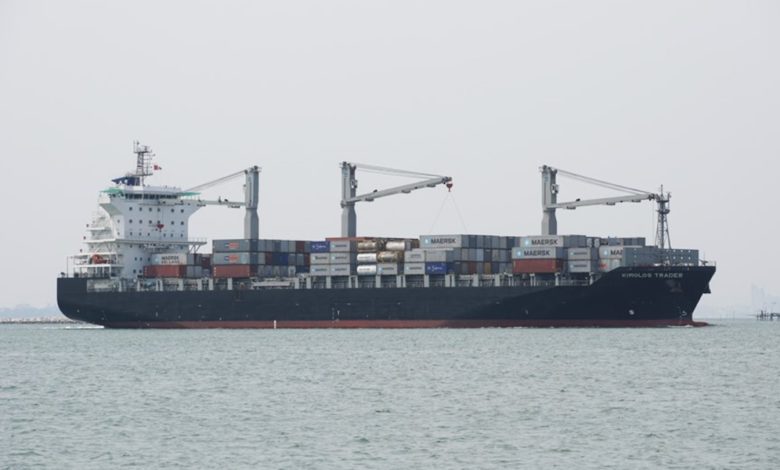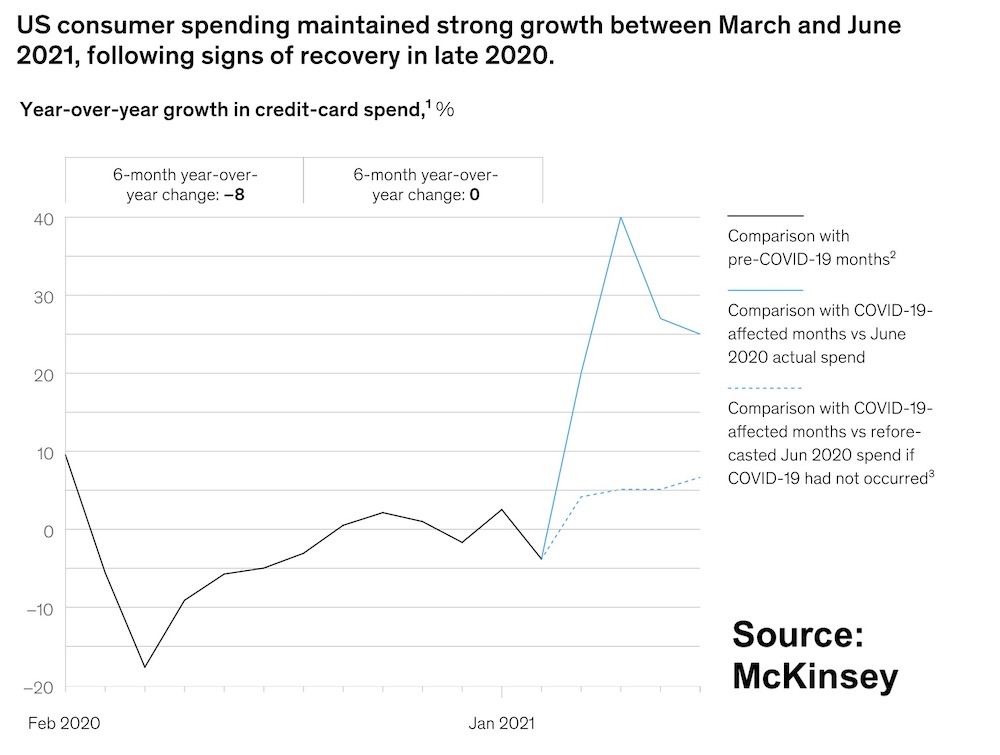Vessels now waiting up to three weeks for Californian berth space, boxship queue surpasses 60

In what is increasingly becoming the year of the green dot for maritime reporters glued to MarineTraffic maps of Californian and Chinese anchorages, the plight of the Kimolos Trader (pictured) and its crew highlights today’s extraordinary global supply chain pressure better than most ships in operation today.
The 2,194 teu vessel is one 61 boxships in a record queue lining up along San Pedro Bay waiting for berth space to open up at the ports of Long Beach and Los Angeles. The ship left Busan on August 11 and anchored in Californian waters on August 27 nearly three weeks ago – it still is not at the front of the unprecedented American vessel queue.
In a post on LinkedIn, Lars Jensen, CEO of container consultancy Vespucci Maritime, discussed the growing number of ships at anchor off southern California for a fortnight or more and the likely subsequent hit to supply chains in autumn.

“It is clear we should expect further blank sailings out of Asia in October as these vessels are not going to be able to make it back to meet their scheduled departures,” Jensen wrote, advising shippers booking cargo for sensitive cargo on the transpacific for load in the coming weeks to double-check the vessel named for the journey versus the vessel names seen still lying idle outside California.
Jensen also warned that if extremely strong demand continues on the transpacific, carriers may elect to blank a few Asia-Europe sailings and instead temporarily let a few of those vessels make a trip across the Pacific before coming back to Asia and re-phasing them into the Asia-Europe network.
“Disruptions continue at every node in the supply chain,” said Gene Seroka, executive director at the Port of Los Angeles, in an operational update yesterday.
Containers are waiting on Port of Los Angeles docks a peak of six days for truck pickup, Seroka said. Containers on chassis are waiting 8.5 days on the street for warehouse space or to be returned empty to the port. There are nearly 8,000 containers ready to be moved by train, with the wait clocking in at 11.7 days, Seroka said.
Also speaking to reporters yesterday was Ed Desmond, the executive vice president of the Toy Association, who reminded the American public of something Seroka has been warning about a lot in recent weeks.
“Get out and buy toys now. If you see toys you think the kids are going to want for Christmas, pick them up now and tuck them away to make sure you have them. Right now, stores have a pretty healthy supply. We just don’t know what’s going to happen when we get down the road closer to Christmas,” the toy executive warned.
Speaking about the current extreme supply chain crunch yesterday as a keynote during London International Shipping Week, Søren Toft, the CEO of Mediterranean Shipping Company (MSC), the world’s second largest containerline, discussed the massive growth in US demand, citing a 33% increase in imports from Asia into the US in the first seven months of the year. MSC has been moving 12 months’ worth of goods within an eight-month timeframe, Toft revealed, telling delegates: “Supply chains are not built for such massive changes.”


 (pictured) and its crew highlights today’s extraordinary global supply chain pressure better than most ships in operation today.
(pictured) and its crew highlights today’s extraordinary global supply chain pressure better than most ships in operation today.
Sam, weighing anchor is when you take the anchor up, NOT when you drop the pick.
My popcorn eating GIF will be thoroughly worn out soon! this is nuts – and there seems to be no clear end in sight unless demand drops?? (so end of Q1 2022 perhaps?)
This is where global and marine industry “leaders” need to rethink their covid protocols while considering emergency transport infrastructure procedures?
Why are there covid protocols anyway? Vaccinations, natural immunity, etc have made protocols having little or no practical relevance at this point. Protocols are for those who still want absolute control and for the port workers to use as excuses.